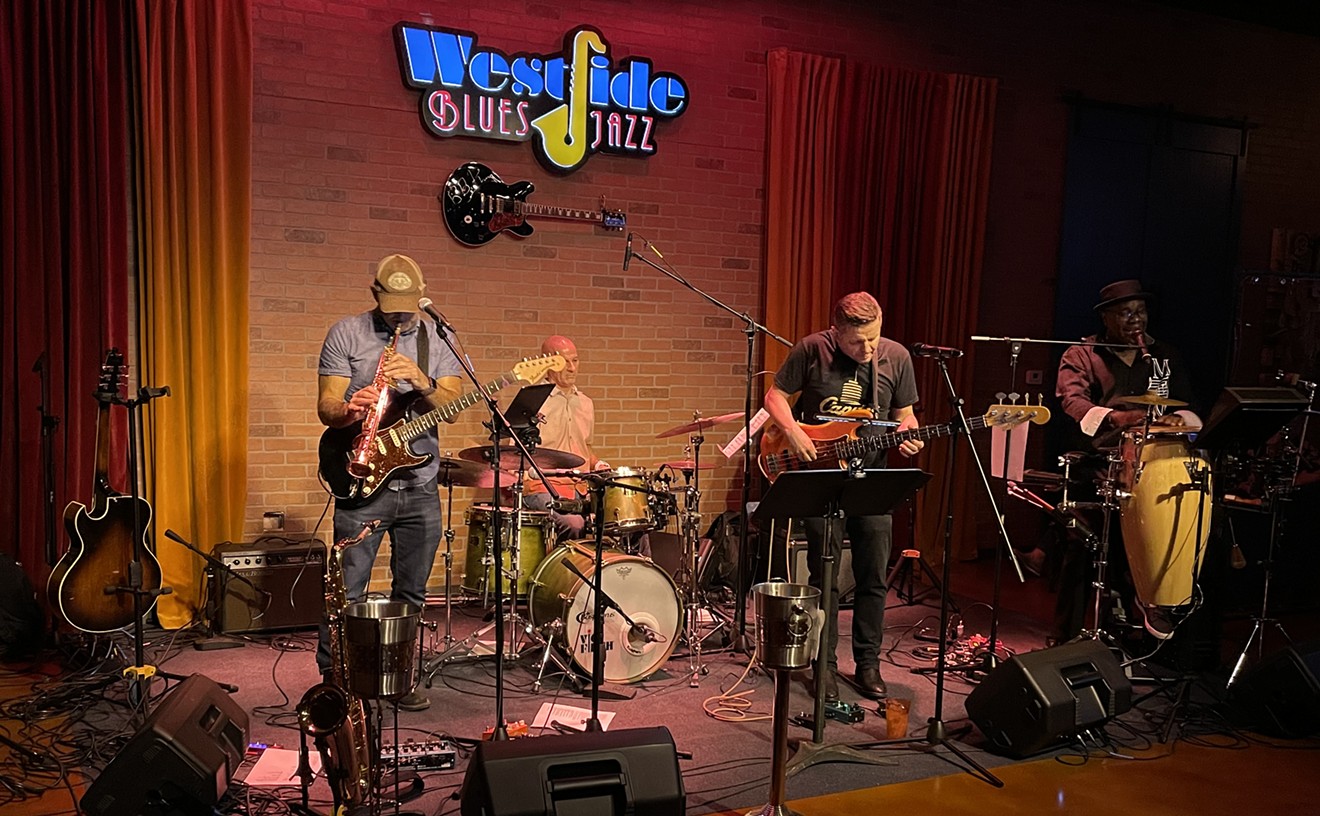Yeah, that song sucks.
But it got us thinking of the music that comes from states with teams in this year’s Final Four, which will function as a sort of referendum on whether the best basketball in the land is played in the Pacific Northwest or the Carolinas.
Gonzaga and North Carolina will be favored on the hardwood this weekend, and when one takes a gander at the music that’s been birthed within their states’ boundaries, they’ll be favored on your headphones as well. To this end, if the Final Four were all about bass lines instead of baselines, here’s how things would shake out.
Semifinal #1: South Carolina vs. Gonzaga (Washington state)
The Final Four’s biggest mismatch. Granted, titans of jazz and soul like James Brown, Dizzy Gillespie, and Chubby Checker were all born in South Carolina, but the state’s contemporary acts have hardly held up their end of the bargain. Marshall Tucker Band and Band of Horses can each shred, and indie types rightfully swoon over Iron & Wine and Shovels & Rope, but Hootie & the Blowfish (and its solo spinoff, Darius Rucker), Lee Brice and Duncan Sheik barely belong in the Big Dance.
Conversely, Washington state’s music scene is a national powerhouse, thanks largely to Seattle. (Gonzaga’s located closer to Idaho, but a border’s a border!) Before grunge came Bing Crosby, Jimi Hendrix, Heart, Sir Mixalot, and even Kenny Loggins (who was born in Everett), but it was the city’s
Result: Gonzaga wins in an absolute fucking blowout.
Semifinal #2: Oregon vs. North Carolina
A lot of very successful carpetbaggers—The Decemberists, Patterson Hood (Drive-By Truckers), The Shins, Modest Mouse, and Sleater-Kinney, to name a few—are based in Oregon, but with apologies to Esperanza Spalding, Elliott Smith, The Dandy Warhols, Everclear, and The Kingsmen, very few actually hail from the state. Portland, the state’s biggest
Known mainly for its connection to bluegrass and roots music, North Carolina is the birthplace of a powerhouse collection of ultra-adventurous African-American trailblazers, including Thelonious Monk, Nina Simone, George Clinton, and Maceo Parker. The Carolina Chocolate Drops and Avett Brothers hold up the more independent end of the spectrum, while Emmylou Harris and Randy Travis are mainstream country legends. Ben Folds makes up for Fred Durst’s dreadful output in the ‘90s (he got kicked off the team at midseason for refusing to take off his
Result: North Carolina pulls away in the second half to win by five points as the indefatigable Adams owns Colin Meloy on the low block down the stretch.
National championship: Gonzaga vs. North Carolina
Gonzaga’s roster is so stacked that Macklemore, the obligatory white guy at the end of the bench, hardly ever sees the floor. But after leading early, Pearl Jam’s Jeff Ament suddenly stops feeding the ball to 6’7” Krist Novoselic in the post and starts jacking ill-advised threes. Meanwhile, Adams—whose visage will be sized up for a place on the Mount Rushmore of singer-songwriter-producers by the time he’s done—plays like a white Westbrook while Clinton gets Gonzaga’s role players so high at halftime that they can barely dribble. A particularly memorable moment occurs when a trash-talking Loggins tells Travis to take a ride into the danger zone, motivating the ailing country crooner to ascend for a tomahawk jam.
Result: Gonzaga might be the better team, but on this one night—as is so often the case in the Final Four—North Carolina claims the national title on a half-court heave by Harris.
Follow the author on Twitter @mdseely.










